
The aim of this book is to facilitate the identification and description of the different organs as well as pathogens and diseases affecting the most representative species of cephalopods focussed on Sepia officinalis, Loligo vulgaris and Octopus vulgaris. These species are valuable 'morphotype' models and belong to the taxonomic groups S...
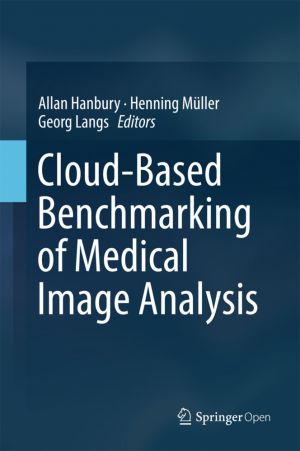
This book presents the VISCERAL project benchmarks for analysis and retrieval of 3D medical images (CT and MRI) on a large scale, which used an innovative cloud-based evaluation approach where the image data were stored centrally on a cloud infrastructure and participants placed their programs in virtual machines on the cloud. The book presents the...
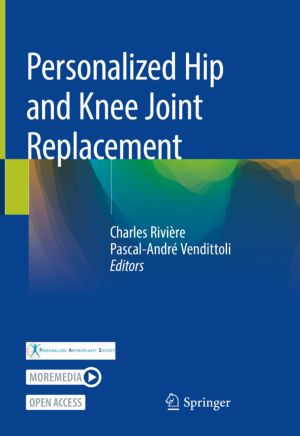
This open book describes and illustrates the surgical techniques, implants, and technologies used for the purpose of personalized implantation of hip and knee components. This new and flourishing treatment philosophy offers important benefits over conventional systematic techniques, including component positioning appropriate to individual anatomy,...

Those convicted of homicide were hanged on the public gallows before being dissected under the Murder Act in Georgian England. Yet, from 1752, whether criminals actually died on the hanging tree or in the dissection room remained a medical mystery in early modern society. Dissecting the Criminal Corpse takes issue with the historical cliché of cor...
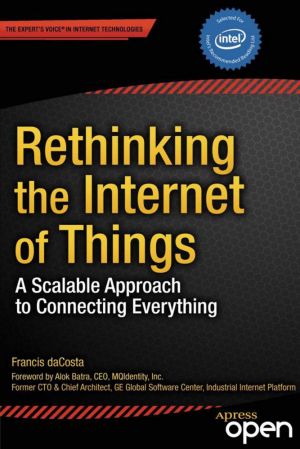
Rethinking the Internet of Things was a 2014 Jolt Award Finalist, the highest honor for a programming book. And the amazing part is that there is no code in the book.
Over the next decade, most devices connected to the Internet will not be used by people in the familiar way that personal computers, tablets and smart phones are. Billions of inter...
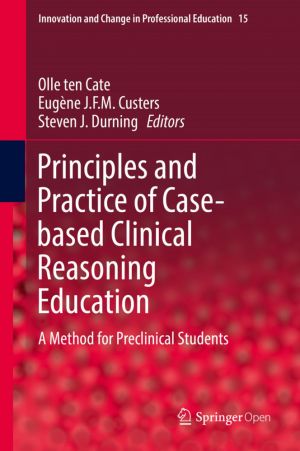
This book describes and explains the educational method of Case-Based Clinical Reasoning (CBCR) used successfully in medical schools to prepare students to think like doctors before they enter the clinical arena and become engaged in patient care. Although this approach poses the paradoxical problem of a lack of clinical experience that is so essen...

This book is the culmination of many years of research on what happened to the bodies of executed criminals in the past. Focusing on the eighteenth and nineteenth centuries, it looks at the consequences of the 1752 Murder Act. These criminal bodies had a crucial role in the history of medicine, and the history of crime, and great symbolic resonance...

This free book provides the most in-depth study of capital punishment in Scotland between the mid-eighteenth and early nineteenth century to date. Based upon an extensive gathering and analysis of previously untapped resources, it takes the reader on a journey from the courtrooms of Scotland to the theatre of the gallows. It introduces them to seve...
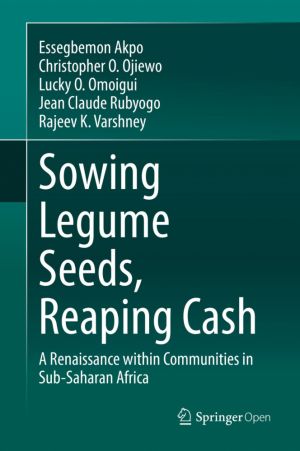
This open access book shares impact stories – testimonies from various value chain actors who have been part of the Tropical Legumes (TL) projects, over the past twelve years. The Tropical Legumes projects led by ICRISAT in three parts (TLI, TLII and TLIII), constitute a major international initiative supported by the Bill & Melinda Gates...

This book analyses the different types of post-execution punishments and other aggravated execution practices, the reasons why they were advocated, and the decision, enshrined in the Murder Act of 1752, to make two post-execution punishments, dissection and gibbeting, an integral part of sentences for murder. It traces the origins of the Act, and t...
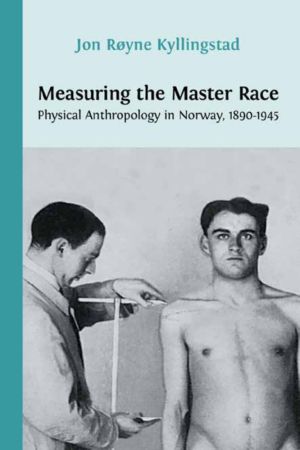
The notion of a superior 'Germanic' or 'Nordic' race was a central theme in Nazi ideology. But it was also a commonly accepted idea in the early twentieth century, an actual scientific concept originating from anthropological research on the physical characteristics of Europeans. The Scandinavian Peninsula was considered to be t...
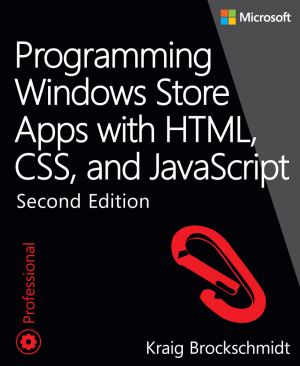
Microsoft Press is pleased to offer the second edition of Kraig Brockschmidt's in-depth ebook on writing Windows Store apps using HTML, CSS3, and JavaScript on the Windows 8.1 platform. The ebook includes 20 chapters and 4 appendices....
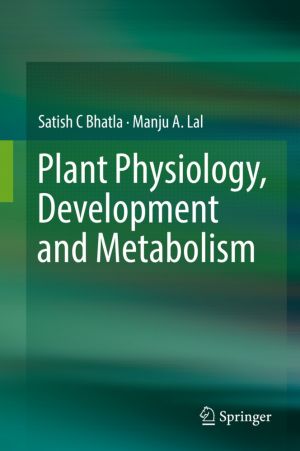
This book focuses on the fundamentals of plant physiology for undergraduate and graduate students. It consists of 34 chapters divided into five major units. Unit I discusses the unique mechanisms of water and ion transport, while Unit II describes the various metabolic events essential for plant development that result from plants’ ability to cap...
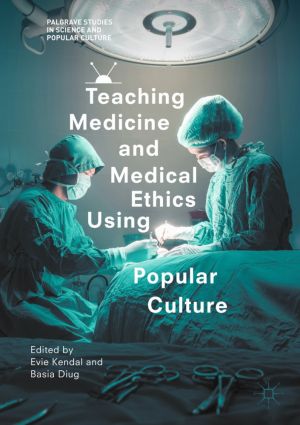
This book demonstrates how popular culture can be successfully incorporated into medical and health science curriculums, capitalising on the opportunity fictional media presents to humanise case studies. Studies show that the vast majority of medical and nursing students watch popular medical television dramas and comedies such as Grey’s Anatomy,...
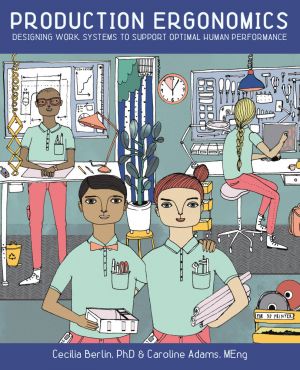
Production ergonomics - the science and practice of designing industrial workplaces to optimize human well-being and system performance - is a complex challenge for a designer. Humans are a valuable and flexible resource in any system of creation, and as long as they stay healthy, alert and motivated, they perform well and also become more competen...
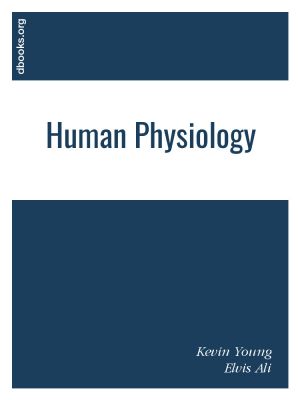
Physiology - The word physiology is from the Ancient Greek (phusiología) and it is the study of how organisms perform their vital functions. An example is the study of how a muscle contracts or the force contracting muscles exert on the skeleton. It was introduced by French physician Jean Fernery in 1552. Physiology is built upon a tripod of scien...
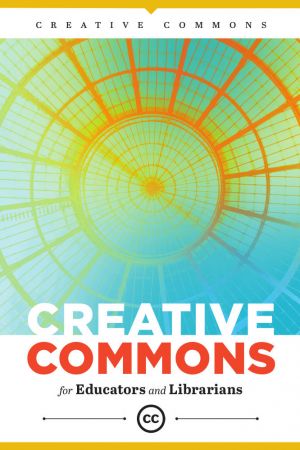
The figures are eye-opening: more than 1.6 billion works on 9 million websites are licensed under Creative Commons (CC). These materials constitute an extraordinarily rich repository for teaching, learning, sharing, and creative reuse. Knowing your way around CC will help you make the most of the Open Access (OA) and open educational resources (OER...
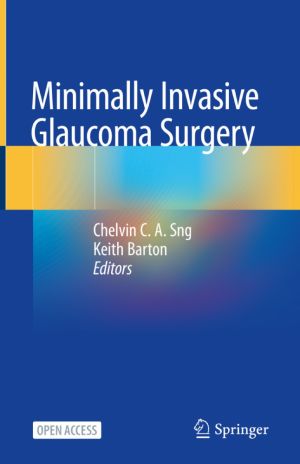
This book covers all aspects of minimally invasive glaucoma surgery (MIGS) and provides detailed information on each MIGS device, including its mechanism of action; patient selection; implantation techniques; post-operative management; and a review of the existing literature. Step-by-step descriptions are provided for the surgical technique used in...
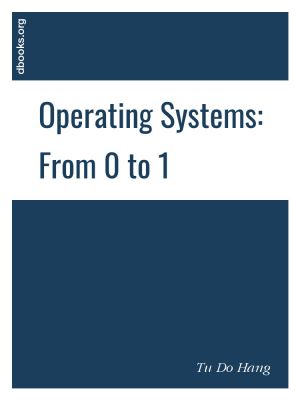
This book helps you gain the foundational knowledge required to write an operating system from scratch. Hence the title, 0 to 1.
After completing this book, at the very least you will learn:
- How to write an operating system from scratch by reading hardware datasheets. In the real world, it works like that. You won't be able to consult Go...
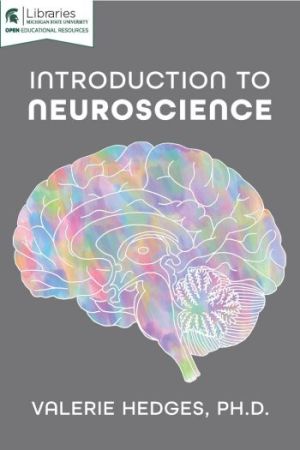
Introduction to Neuroscience is designed for undergraduate students enrolled in introductory neuroscience courses. This book specifically targets students enrolled in Introduction to Neuroscience 1 and Introduction to Neuroscience 2 at Michigan State University and primarily contains topics covered in those courses.
This first edition will guide...
